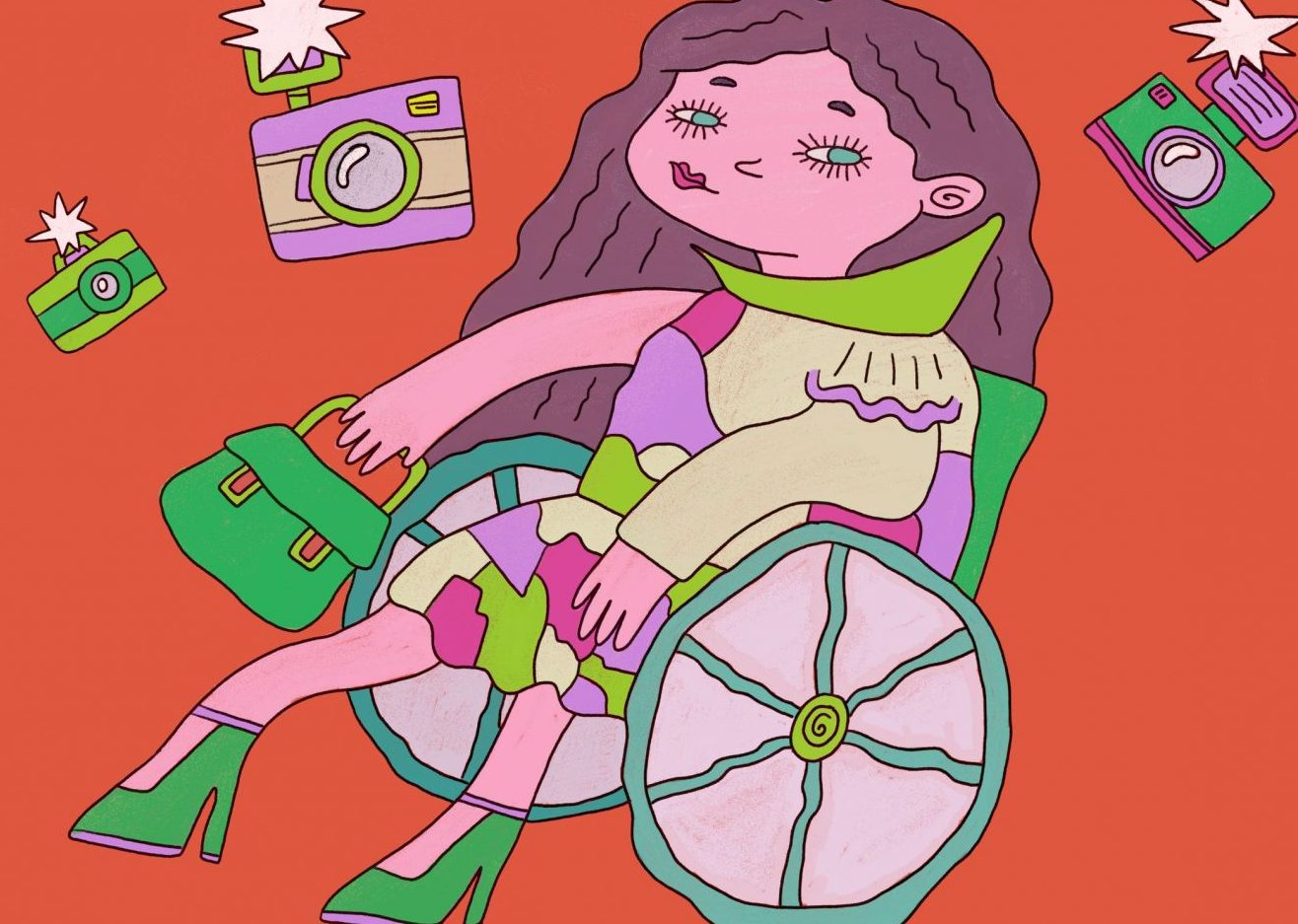Historically, fashion designers have always chosen gorgeous, traditionally attractive and able-bodied models to showcase their clothing on the catwalk. These women and men, then, who are generally taller, skinnier and more graceful than the average person, have played a role in establishing a discrepancy between what models and actual people look like.
In response, groups have become vocal about advocating for realistic representation on runways, which has led to campaigns featuring plus-sized models and models of formerly excluded ethnicities. Recently, however, these efforts to promote visibility have even extended to differently abled individuals.
These five disabled models are more than just stars on the rise — they are each a part of a new wave of diversity in fashion.
1. Jillian Mercado
Mercado was diagnosed with muscular dystrophy, a disease that impairs muscle function and causes spasms, at age 13. She had loved fashion her entire life, admiring icons like Naomi Campbell and Kate Moss, but couldn’t find any models who she could truly relate to.
“When I had the realization that I didn’t see anyone in the magazines that looked like me,” Mercado said to Posture Magazine, “I was like ‘Oh, well, maybe there is and I just don’t have that magazine.'”
Later on, Mercado would become the activist and trendsetter that she always dreamed of seeing. However, the path to modeling didn’t come without obstacles. “I feel like a lot of people look at people with disabilities and instantly categorize them into this tiny box,” she said. “I am human just like you. I am just as capable as you and I don’t ever want or need pity.”
Her first campaign was with Diesel, and she went on to become both a model and an outspoken activist for disability representation. With a huge amount of public support, she also landed campaigns with Ivy Park (Beyoncé’s activewear line) and Nordstrom.
https://www.instagram.com/p/BvDQoFXHMJv/
2. Viktoria Modesta
Modesta was born with a severe birth defect on her leg in Latvia during the Cold War. She landed her first modeling gig at age 12 despite her disability, but still was far from being comfortable in her own skin.
“I did a few shoots, but it was so depressing,” she told The Fashion Spot. “I couldn’t even get into a pair of heels. I felt like someone had released me too early – that I was unfinished.”
At the age of 20, after 15 different surgeries to alleviate her worsening condition, she decided to receive a voluntary amputation on her left leg. Fortunately the amputation boosted her confidence, which led to her success in both the fashion and music industries.
“After my operation, everything changed. I felt like I needed to see my leg from the outside and understand what it really meant. The rest of my profile was elevated because of it,” said Modesta.
While the transition between modeling and songwriting was tough, Modesta had the huge honor of performing at the 2012 Paralympic Closing Ceremony. She has continued to make art in both the music and fashion industry and inspires amputees all around the world.
https://www.instagram.com/p/B38HhUjHZHL/
3. Chelsea Werner
When Chelsea Warner was diagnosed with Down syndrome, physicians predicted low muscle tone, which makes her later success as a World Champion in gymnastics even more of an extraordinary feat. After she concluded her athletic career, she set her sights on the modeling industry and took on the ultra-critical fashion scene like the confident woman that she is.
“I still enjoy [gymnastics] but it’s not my entire life,” said Werner. “I got some great modelling opportunities through my gymnastics and discovered I really loved it!”
Werner still absolutely loves being in front of the camera, and some of her many accomplishments include being on the cover of Teen Vogue, walking in New York fashion week and doing campaigns for big-name brands. She is truly one of a kind and strives to inspire.
https://www.instagram.com/p/BwAeMx2AOtj/
4. Rafi Solaiman
This teen model’s life was changed dramatically at age 12 after he experienced a severe brain hemorrhage that led to a huge setback in his physiological capabilities. After the stroke, it took five or six months for Solaiman to take a single step. He had to learn to talk, blink, walk and do menial tasks all over again.
However, Solaiman later defied the odds with his resilience during the healing process. His love for being in front of the camera remained intact throughout his convalescence. “Modeling has helped my confidence in a lot of ways,” said Solaiman to Barcroft TV. “When I have my photo taken I feel alive and when I go to a shoot I am looking forward to it.”
Even though he still uses a walker and has a slight speech impediment, Solaiman has never been more confident and successful.
https://www.instagram.com/p/BtTHfbJnKMU/
5. Mama Cax
Cacsmy Brutus, who prefers to be called Mama Cax, is a 25-year-old Haitian model who was diagnosed with an aggressive bone cancer in her leg during her teenage years. “Here I was at 16 years old, covered in scars and missing a limb,” Cax told Huffpost. “I did not feel pretty.”
After having enough of her low self-esteem, Cax got in touch with Alleles, a company that makes stylish prosthetics for amputees to rock. With her newfound confidence, she began experimenting with fashion and beauty, which led her to take up modeling as a career.
“As my confidence grew, so did the way I approached beauty,” she told Glamour. “I started wearing more makeup, playing with colors and trying to be bold. That’s a very big deal as a black woman.”
When she’s not traveling or modeling, Cax also participates as a program coordinator at a global non-profit, as well as runs a blog, where she celebrates afrocentric beauty and self-love.
https://www.instagram.com/p/BwH_j5QlrEb/
















